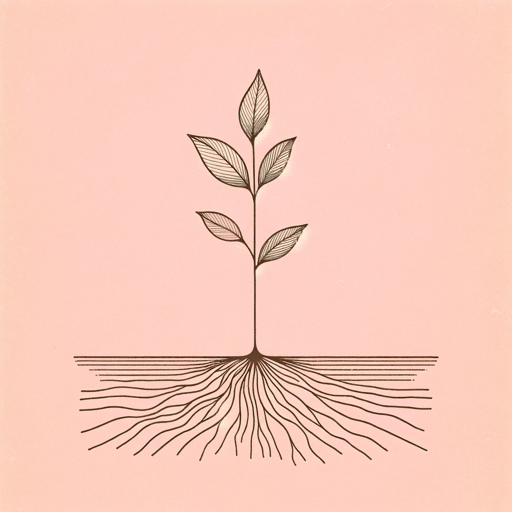56 pages • 1 hour read
Mary PipherWomen Rowing North: Navigating Life's Currents and Flourishing As We Age
Nonfiction | Book | Adult | Published in 2019A modern alternative to SparkNotes and CliffsNotes, SuperSummary offers high-quality Study Guides with detailed chapter summaries and analysis of major themes, characters, and more.
Summary and Study Guide
Overview
Women Rowing North: Navigating Life’s Currents and Flourishing As We Age, a New York Times bestseller by Mary Pipher, was first published in 2019. Pipher is a clinical psychologist and cultural anthropologist who has written 11 books and specializes in developmental psychology, trauma, women, and the effects of culture on mental health. Women Rowing North is a self-help book aimed at older women that describes older women’s transition into later life and its challenges, skills, and relationships. The book focuses on the themes of Facing Change With Growth, Adaptation, and Resilience; Refocusing on Self During Aging; and Intention and Gratitude Support Positive Aging.
This study guide references the Adobe Digital Editions e-book from 2020, published by Bloomsbury Publishing and based on the paperback edition from 2020.
Summary
Women Rowing North: Navigating Life’s Currents and Flourishing As We Age addresses the skills and characteristics women in their sixties and early seventies need in order to live positive and meaningful lives as they transition into later life. It addresses the ageism older women face in concert with sexism and aims to challenge biased, ageist, and sexist societal views.
Pipher guides women through this stage using anecdotes from therapy clients and other American women from various backgrounds, as well as her personal stories, quotes from writers and thinkers, research evidence, and metaphors. She focuses on ways of thinking about old age, rather than prescribing a set of steps or exercises.
Part 1 details the challenges women face as they enter old age, including ageism, death, loneliness, caregiving, and aging bodies and health problems. In Chapter 1, Pipher addresses the changes that occur during old age, including women’s decreased feelings of attractiveness and sexuality, and she recommends that women view aging from a developmental perspective. Chapter 2 covers changes in women’s abilities to do certain activities and changes in people’s perceptions about and respect toward them, and Chapter 3 discusses changes in their bodies, sexuality, health, and activities.
Part 2 discusses the skills and social infrastructure one needs to navigate this life stage. Chapters 8 and 9 address the need to cultivate self-awareness and intention. Chapter 10 describes how to build a good day by finding enjoyable and beneficial activities, and Chapter 11 outlines the importance of creating community. Chapters 12 and 13 explore how older women can recreate stories about their lives and improve their gratitude.
Part 3 centers on the impact of social connections in the lives of older women. Chapter 14 explores the role of female friends, while Chapter 15 considers the importance of spouses. Chapters 16 and 17 focus on family and grandchildren.
Part 4 begins with Chapter 18, which discusses authenticity and self-acceptance. Chapter 19 explores the role of time in providing perspective on life, healing, and growth, and Chapter 20 consists of musings on finding bliss and awe in old age.
The book presents a holistic view of aging for older women by outlining specific emotional skills, connections, and perspectives that help create a positive outlook during their transition into later life. It emphasizes the changes and adaptation that occur during this stage, as well as the growth that comes from viewing aging from a developmental perspective. Pipher addresses the complexity of emotions that arise from changes associated with aging and experiences with loss, death, and caregiving, along with the meaning women can derive from them. The book outlines specific skills that require effort to create a good life and a positive aging experience, including self-care, self-awareness, self-reflection, intention, and gratitude, as well as the key role of social connections in positive aging. It concludes with broader, more transcendent ideas about authenticity, self-acceptance, and bliss in later life as the culmination of these skills and connections.


